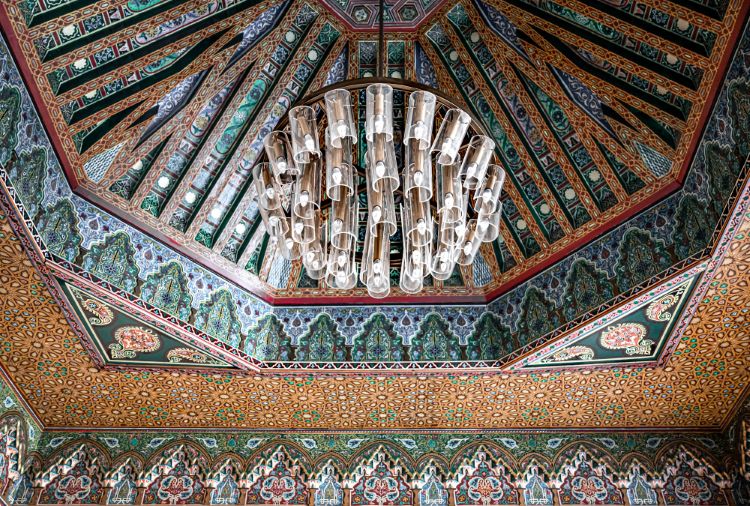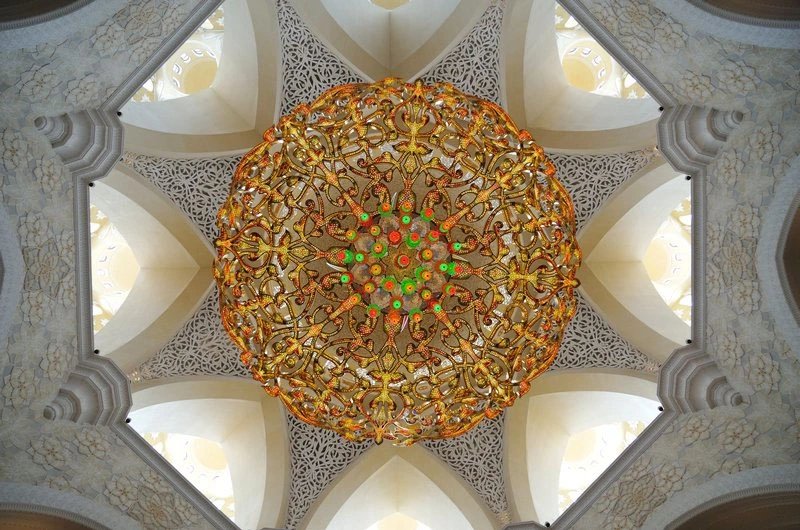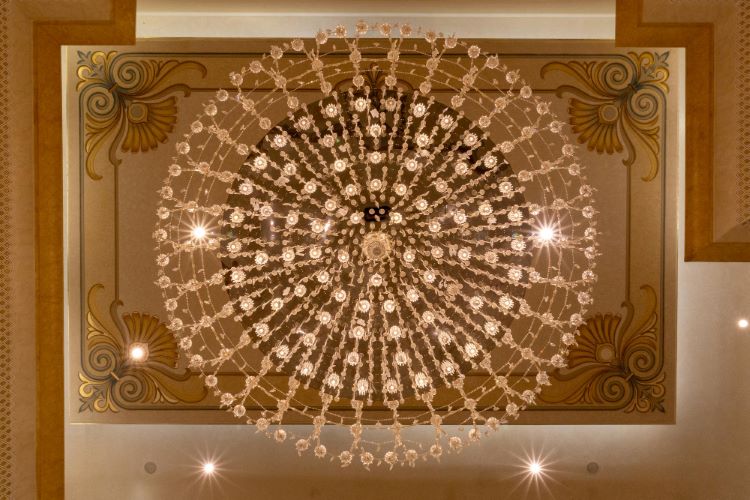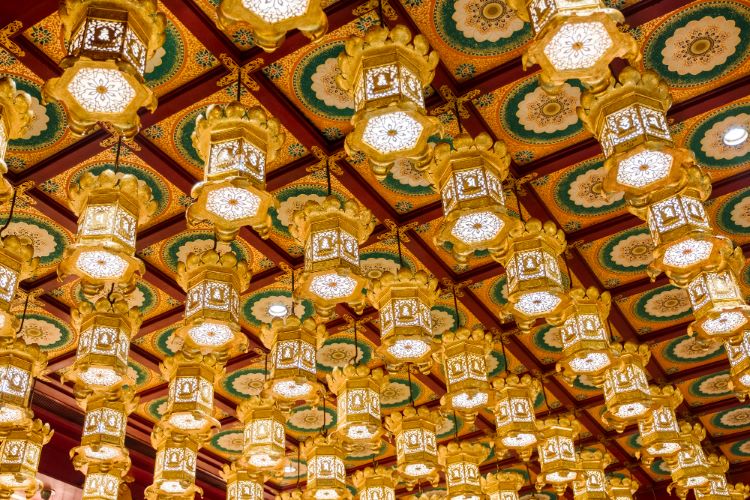Picture a modern mosque bathed in warm, golden light, its chandelier adorned with intricate arabesque patterns and Quranic calligraphy. This is not a relic of the past but a testament to a revival: artisans today are merging traditional Ottoman craftsmanship with 21st-century innovation to create Modern mosque lighting that honors history while embracing sustainability and smart design.
For architects, interior designers, and commercial establishments, this trend offers a blueprint for blending cultural authenticity with functional modernity. A 2022 report by Artisanal Lighting Trends found that 65% of mosque renovation projects now prioritize heritage-inspired lighting, driven by demand from clients seeking to preserve Islamic identity in contemporary spaces.
Historical Roots: The Ottoman Lighting Legacy
The Golden Age of Ottoman Craftsmanship
From the 16th to 19th centuries, Ottoman chandeliers symbolized imperial grandeur and divine connection. Mosques like Istanbul’s Hagia Sophia and Süleymaniye Mosque featured monumental brass and crystal fixtures, often inscribed with Quranic verses. Light was not merely functional but a metaphor for spiritual enlightenment, with chandeliers acting as “celestial crowns” beneath domes.
Key Techniques Preserved:
- Hand-Hammered Metalwork: Artisans used brass and copper to create durable, ornate frames.
- Stained Glass Prisms: Colored glass refracted light into kaleidoscopic patterns, symbolizing the diversity of creation.
- Calligraphic Embellishment: Verses like “Allah is the Light of the heavens and the earth” (Quran 24:35) were etched into fixtures.
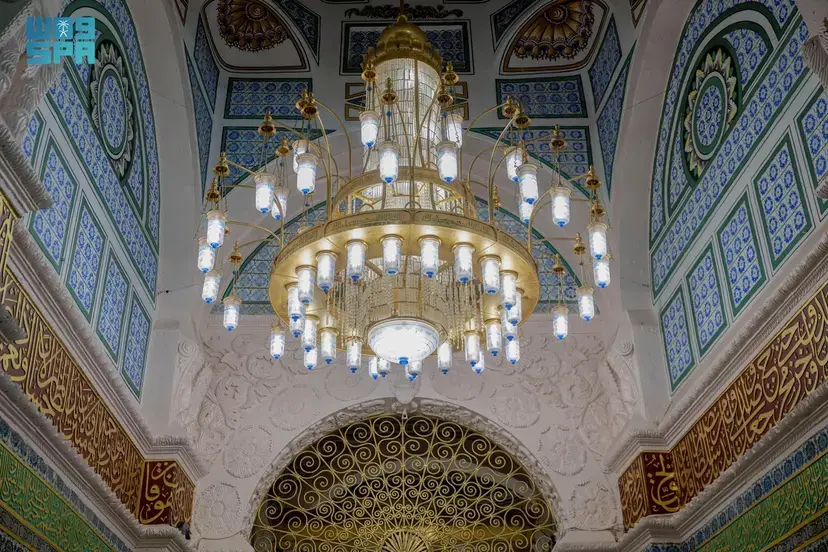
Traditional Techniques in Modern Workshops
Artisans Keeping History Alive
In Istanbul’s Grand Bazaar, workshops like Nur Artisan Collective still employ centuries-old methods:
- Lost-Wax Casting: Used for detailed floral motifs, with 90% of molds based on Ottoman-era designs.
- Filigree Metalwork: A single chandelier can take 300+ hours to engrave.
- Ethical Material Sourcing: 80% of brass and glass is locally sourced in Turkey, reducing carbon footprints.
Case Study: The Şakirin Mosque (Istanbul) features a 7.5-meter chandelier combining hand-forged brass with 2,000 LED bulbs, slashing energy use by 60% compared to traditional incandescent systems.
Innovation Meets Tradition: Modern Applications
Tech-Driven Adaptations for Today’s Needs
Architects and designers are reimagining Ottoman techniques for modern spaces:
A. Smart Lighting Integration
- LEDs in Historical Frames: Retrofitting Ottoman-style fixtures with tunable LEDs (e.g., warm-to-cool light transitions for prayer times).
- IoT Compatibility: Chandeliers with app-controlled dimming, used in projects like Dubai’s Al Wasl Plaza Mosque.
B. Customization for Diverse Spaces
- Residential Adaptations: Smaller-scale Ottoman pendant lights for homes, with a 40% rise in demand (2023 Global Lighting Trends Report).
- Commercial Use: Hotels and cultural centers deploy Ottoman-inspired lobby fixtures to evoke luxury and heritage.
Challenges in Revival: Balancing Past and Present
Navigating Modern Constraints
- Skill Preservation: Only 15% of Turkish artisans are under 40, per UNESCO’s 2023 survey. NGOs like Heritage Crafts Turkey now offer apprenticeships.
- Cost vs. Authenticity: Handmade chandeliers cost 3–5x more than machine-made replicas. Hybrid models (e.g., laser-cut details on hand-assembled frames) bridge this gap.
- Cultural Sensitivity: Designers must avoid dilution of symbolic motifs. For example, the Abu Dhabi Grand Mosque team consulted historians to adapt Ottoman patterns for Emirati aesthetics.
Case Studies: Ottoman Revival in Action
A. Hagia Sophia’s Restoration
After its reconversion to a mosque in 2020, artisans recreated 16th-century chandeliers using archived Ottoman blueprints. The project used 8 tons of brass and 5,000+ hand-cut crystals.
B. Residential Fusion: A Dubai Penthouse
Interior firm Design & Tradition installed a bespoke Ottoman-style chandelier with 3D-printed acrylic elements to reduce weight while maintaining historic visuals.
Cultural Impact: Why This Revival Matters
Designing Identity in a Globalized World
- Architectural Storytelling: Lighting becomes a narrative tool, connecting worshippers to history.
- Sustainability Synergy: Traditional materials like brass are 100% recyclable, aligning with the $2.3B green lighting market (2023 Statista data).
Quote from Architect Ayşe Gürel:
“Ottoman lighting isn’t just decoration—it’s a dialogue between generations. We’re not copying the past; we’re evolving it.”
Conclusion: Lighting the Future with the Past
The revival of Ottoman craftsmanship in mosque lighting is more than a trend it’s a movement. For architects and designers, it offers a toolkit to merge cultural reverence with cutting-edge functionality. As residential and commercial clients increasingly seek spaces with soul, these techniques provide a timeless yet adaptable solution.
Support artisan communities by specifying handmade elements in your projects. Visit Esco Lights’ Ottoman Collection for ethically crafted designs.

